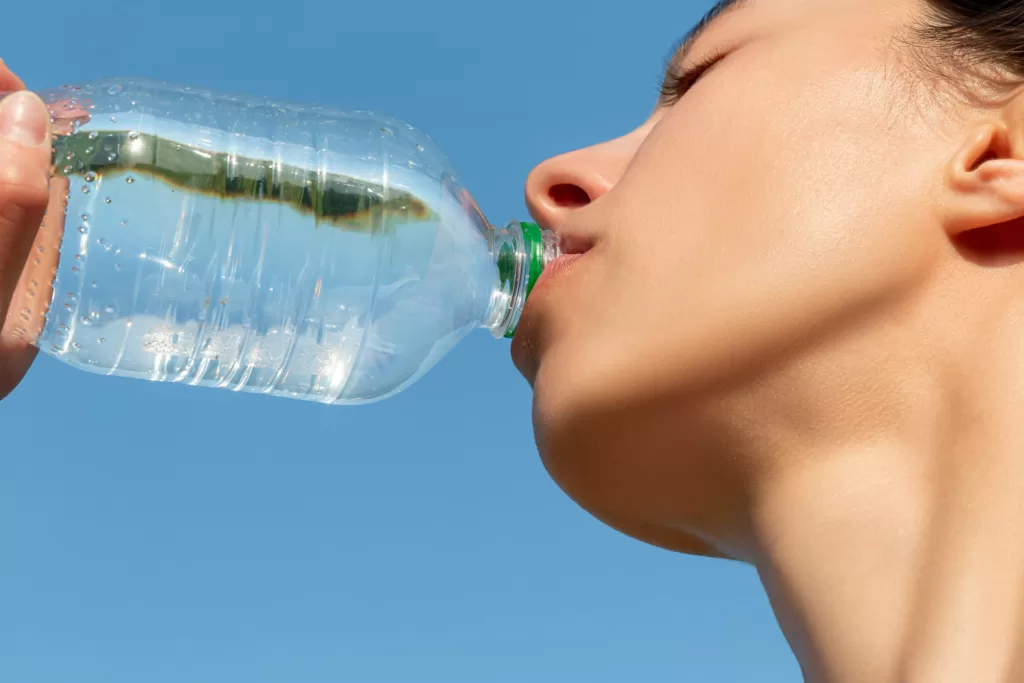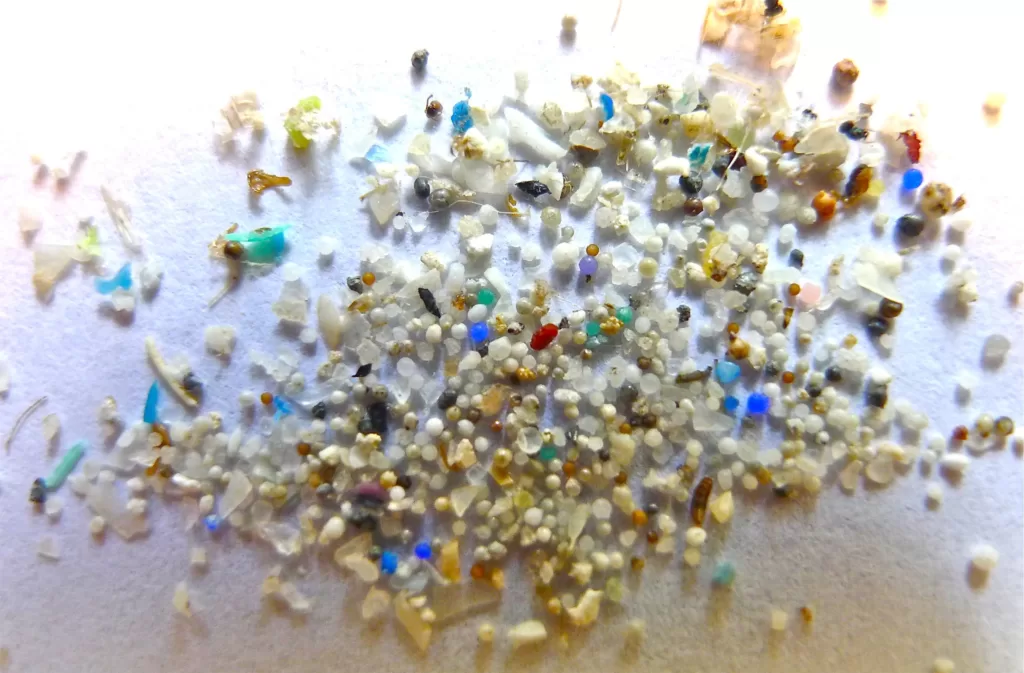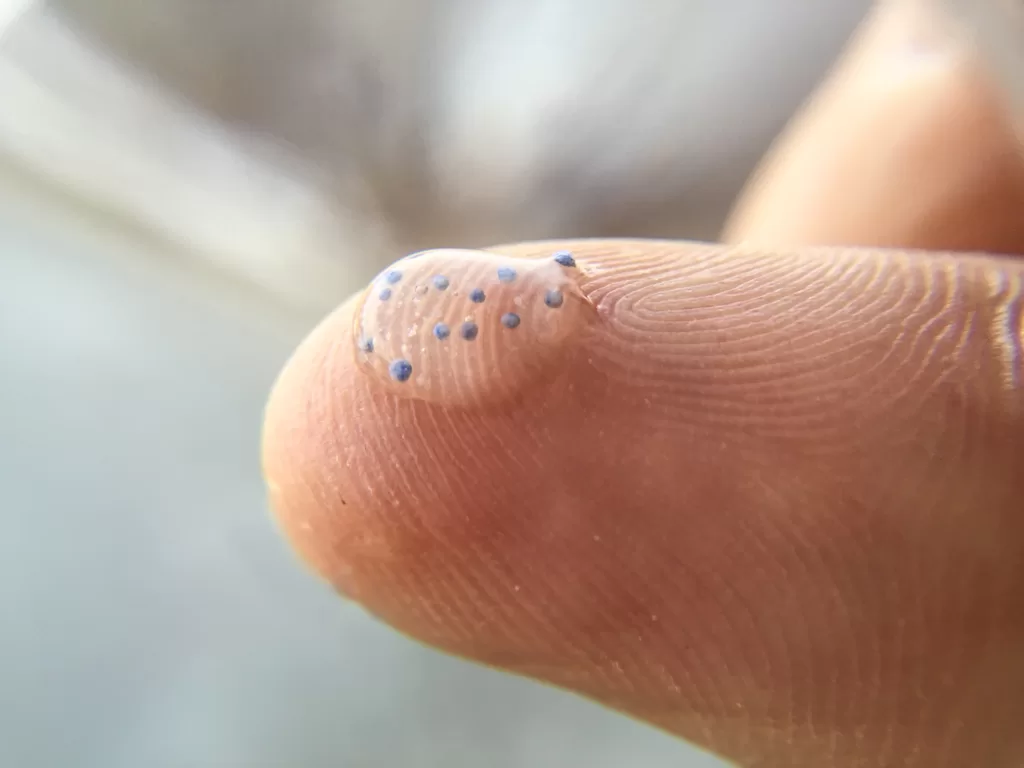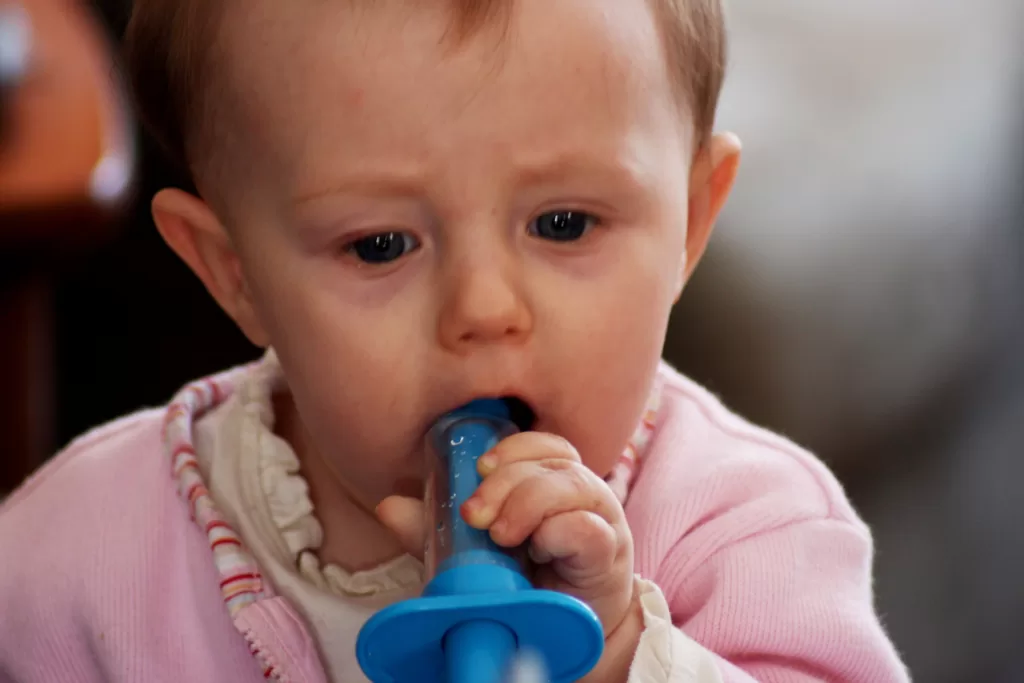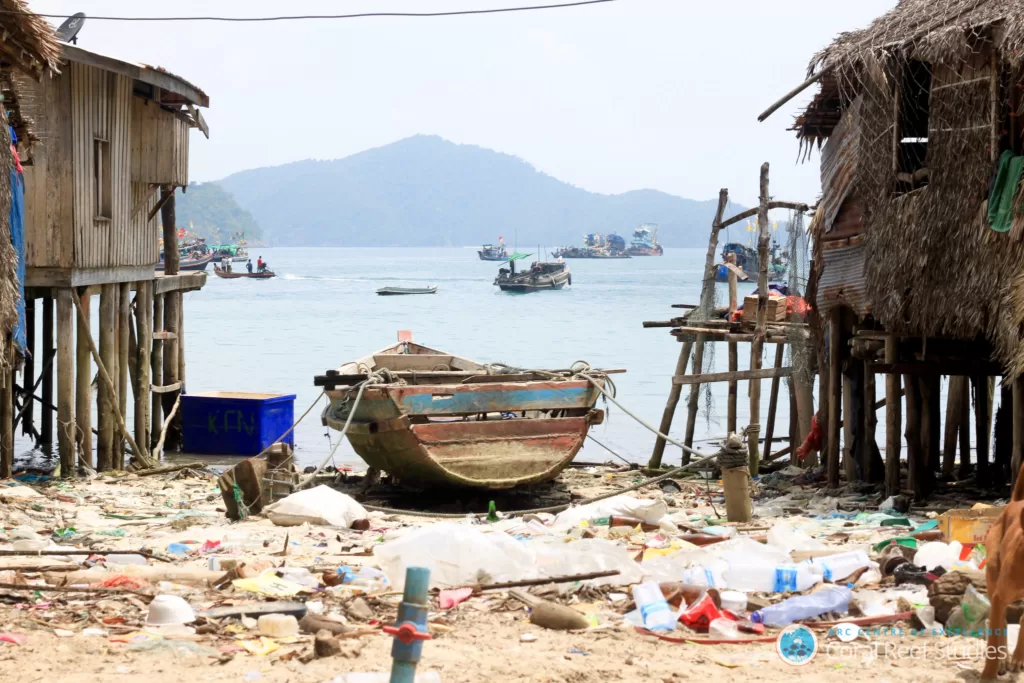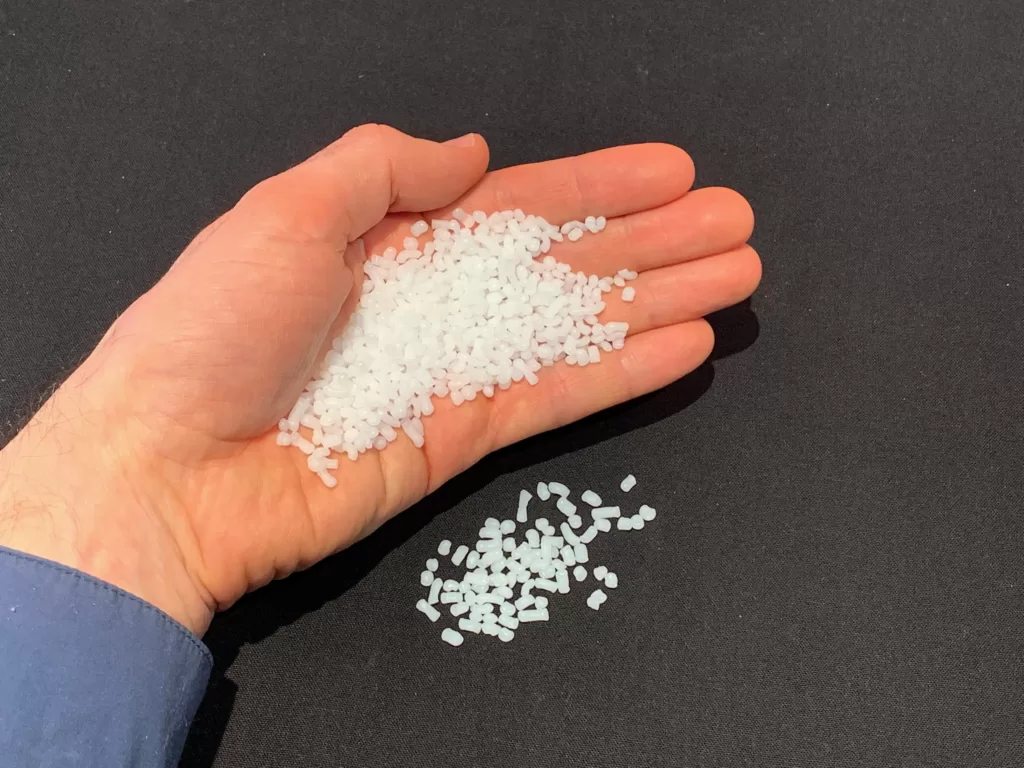We use cookies to improve your experience with Monash. For an optimal experience, we recommend you enable all cookies; alternatively, you can customise which cookies you’re happy for us to use. You may withdraw your consent at any time. To learn more, view our Website Terms and Conditions and Data Protection and Privacy Procedure.
The microplastics time-bomb in our bodies
Published on February 9, 2023Scientists are warning against grave long-term consequences.
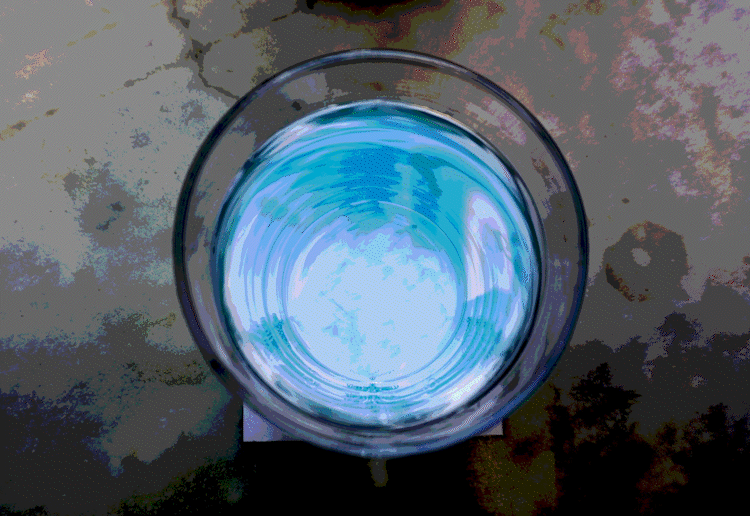 We are eating, drinking and breathing in increasingly higher amounts of plastic particles which can poison us. : Michael Joiner, 360info CC BY 4.0
We are eating, drinking and breathing in increasingly higher amounts of plastic particles which can poison us. : Michael Joiner, 360info CC BY 4.0
Scientists are warning against grave long-term consequences.
Researchers are increasingly worried about microplastics – plastic particles smaller than 5 millimetres across – and if they can damage human health. Studies show they are widespread in our environment – in everyday products in homes and offices; in oceans, rivers, the soil and even in rain over cities.
Over time, people ingest or inhale more of these chemicals than they expel, a process that leads to bioaccumulation in bodies. These specks are small enough to enter our cells or tissues and their toxicity may cause diseases.
A recent analysis identified more than 10,000 unique chemicals used in plastics, many not properly regulated globally. And research shows we might be ingesting anywhere from dozens to more than 100,000 microplastic particles each day depending on what we consume and the amounts.
Microplastics have now been found in fish, deep inside the lungs of surgical patients and in the blood of anonymous donors and breast milk.
While there have been no epidemiologic studies confirming a link between exposure to microplastics and impacts on health, researchers point out chemicals found in plastic have been linked to a range of health problems including cancer, heart disease, obesity and poor foetal development.
High levels of microplastics in our bodies may also cause cell damage.
“… there is overwhelming consensus among all stakeholders that microplastics do not belong in the environment and measures should be taken to mitigate exposure,” says the World Health Organization.
How worried should we be about microplastics in our bodies? What is the current state of research and what are the challenges faced by experts in the field? And what solutions can we start to employ now to mitigate more extensive hazards both known and unknown?
This article has been republished for World Environment Day 2023. It was originally published on February 9, 2023.
Originally published under Creative Commons by 360info™.
Editors Note: In the story “Microplastics time-bomb” sent at: 06/02/2023 15:22.
This is a corrected repeat.



